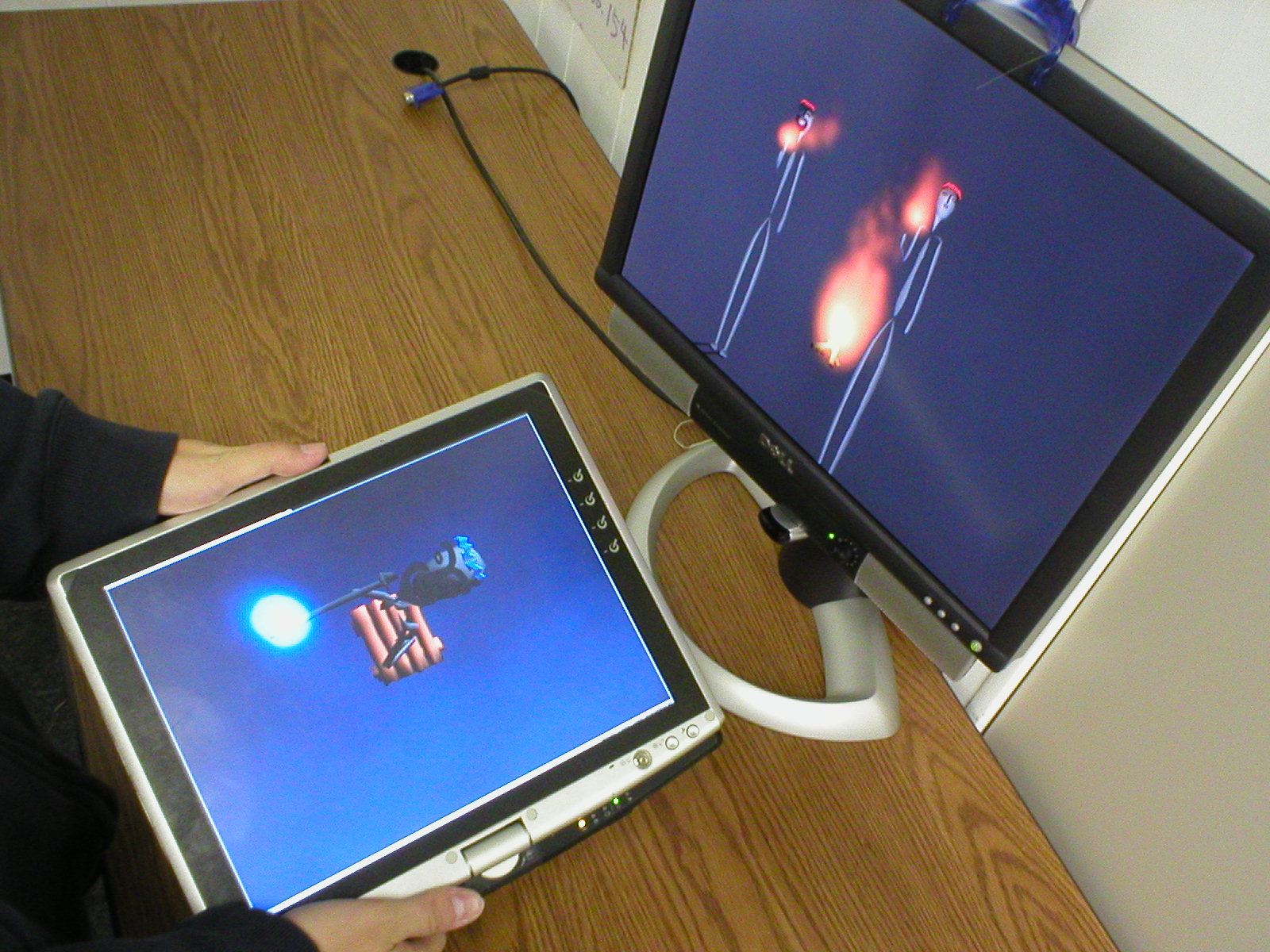(via the ACM news service) Odd research at Accenture, in Sophia Antipolis, France:
Researchers at Accenture Technology's lab in France are developing a digital "mirror" that modifies a person's image to show the predicted effects of overindulgence, inactivity, and other factors based on the subject's behavioral patterns. "Helping people visualize the long-term outcomes of their behavior is an effective way to motivate change," contends Stanford University's B.J. Fogg. The system is designed to display an image of the subject via wireless camera, while computer software constructs a lifestyle profile based on camera surveillance of the person's daily activities, as well as dietary information provided by the subject himself. A different software package will then apply this profile to determine how the digital image should be changed to reflect anticipated weight gain, changes in skin tone, and other physical manifestations of excess. A third software package will modify the subject's face, and the Accenture team would like the system to function in real time. Accenture lab director Martin Illsey wants a prototype mirror to be ready by mid 2005. But though some people think the technology could be very effective in spurring users to change their lifestyle, others are skeptical. "I don't think any system which presents a negative image of the user will be taken up by many people," says University of Bristol ubiquitous computing expert Cliff Randell.
 What is even more interesting is their research-based approach:
What is even more interesting is their research-based approach: Why do blog this? I am just wondering about it's going to be used, especially the location feature. I like the 3-buttons thing, it reminds me lowtech remote control.
Why do blog this? I am just wondering about it's going to be used, especially the location feature. I like the 3-buttons thing, it reminds me lowtech remote control.

 Why do I blog this? It's because I am interested into the environment (re-)shape socio-cognitive interactions. In this project, designers take advantage of physical objects (spatial artifacts) to foster new social interactions.
Why do I blog this? It's because I am interested into the environment (re-)shape socio-cognitive interactions. In this project, designers take advantage of physical objects (spatial artifacts) to foster new social interactions.

